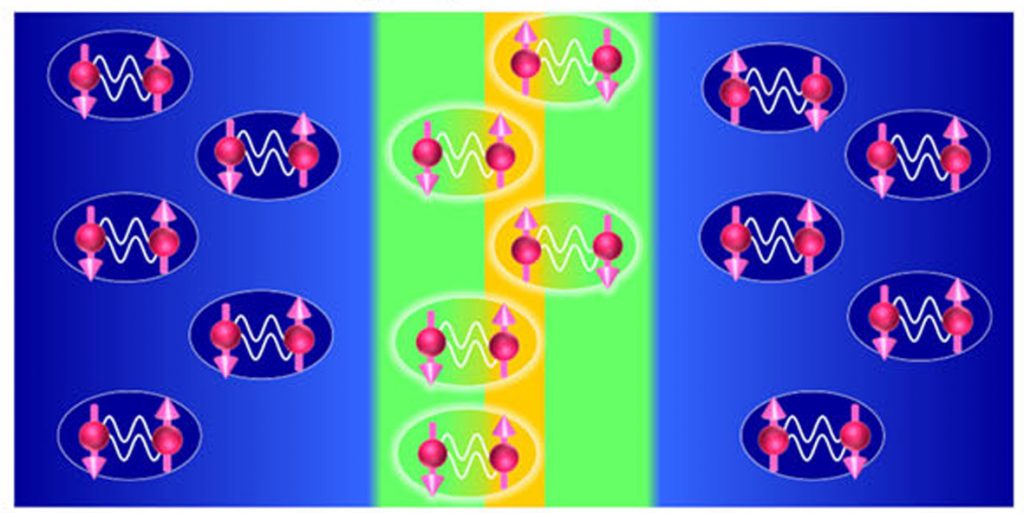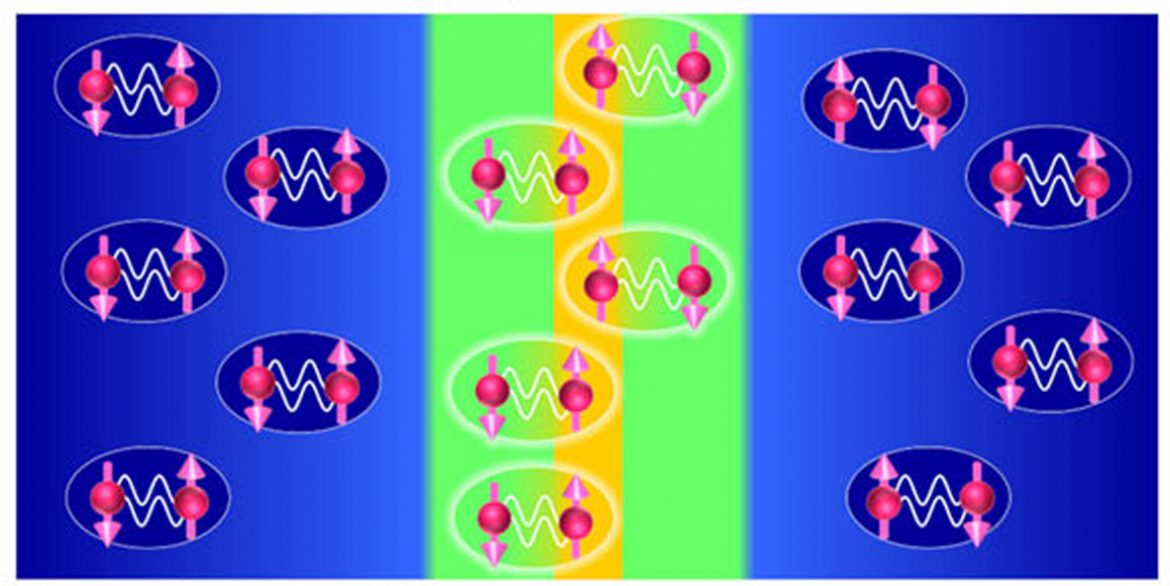In the framework of the national recovery and resilience plan, PE4 project (NQSTI – National Quantum Science and Technology Institute), the Institute of Applied Sciences and Intelligent Systems (CNR-ISASI) and the Department of Physics of the University of Napoli , Frederico II, developed ferromagnetic Josephson junctions in which a thin layer of ferromagnetic material was inserted inside the electrodes of the Josephson junctions. The results of this research published in the prestigious journal Communications Materials (of the Nature portfolio group) show that it is possible to use the aforementioned junctions for the creation of ferromagnetic superconducting qubits (ferrotrasmon) in which it is possible to calibrate the operating frequency digitally using magnetic field pulses. This would avoid the application of a continuous magnetic field with the consequent reduction of decoherence, a phenomenon underlying the loss of the quantum properties of the qubits and in addition it would improve the interface with digital systems for controlling and reading the qubits. Furthermore, the characterization of the aforementioned quantum devices at temperatures close to absolute zero (10 mK) has highlighted for the first time a physical phenomenon of great interest which involves an ordered and collective polarization of the spins of the electrons near the interface between the superconducting and ferromagnetic, a phenomenon also known as the inverse proximity effect. The results obtained by the two research groups are very encouraging in view of the realization of innovative superconducting qubits. For info: Carmine Granata e Antonio Vettoliere (CNR-ISASI) , Roberta Satariano e Davide Massarotti (UNINA) ,

Read the paper at the following link:
https://www.nature.com/articles/s43246-024-00497-1
For info:
CNR-ISASI: Carmine Granata e Antonio Vettoliere
UNINA: Roberta Satariano e Davide Massarotti

